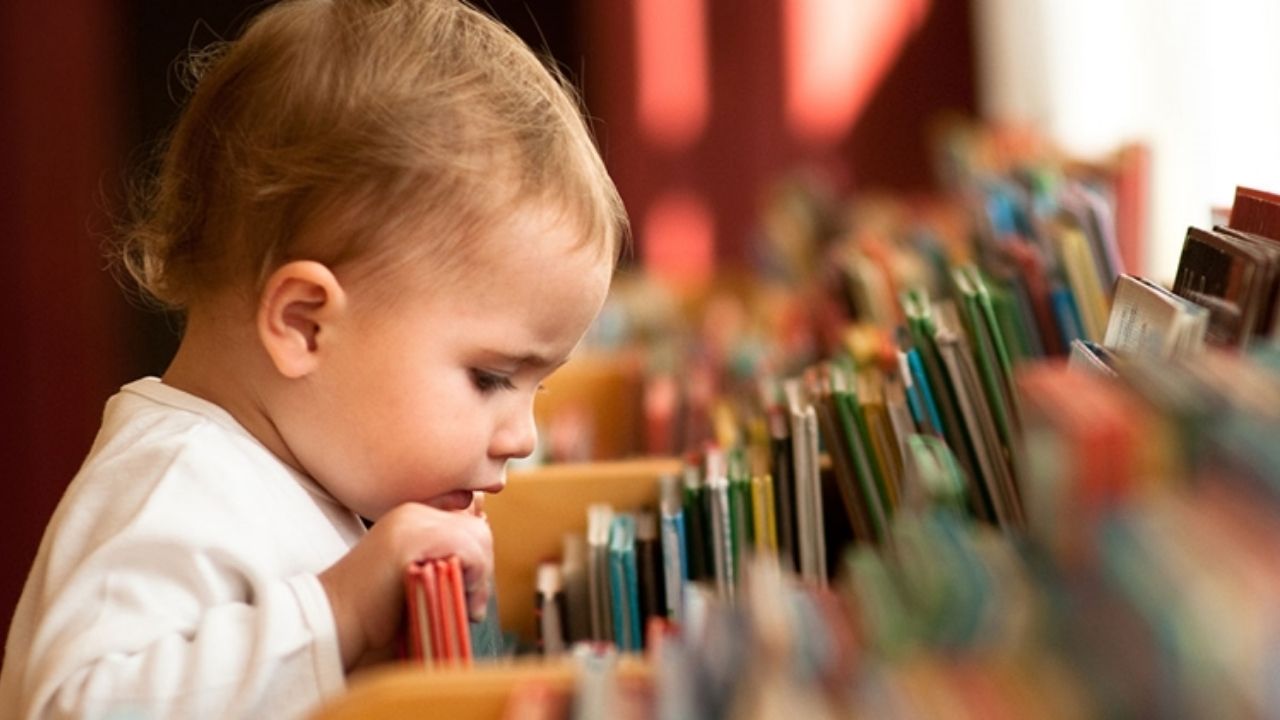Research shows that exposure to more than one language during childhood does not confuse language learning.
One of the most important reasons for children to learn languages at an early age is; foreign language learning in childhood easier, faster and more memorable. At the same time, a foreign language learned at an early age can be spoken at least as accurately and fluently as the mother tongue.
Moreover, foreign languages both sociality and learning skills provides an increase. For this reason, families, for their children especially in English He needs to pay attention to different language acquisitions. Another important reason is that it increases creativity and strengthens memory. Supports children’s cognitive skills to be.
When should we start foreign language education in children?
For children to learn a new language The most productive period is between the ages of 2-7. The age of 2 is the period when the child begins to speak his/her native language; Until the age of 6-7, the “acquiring by learning” phase begins. The more he is exposed to a different language in this process, the more effective he becomes. But research shows that the critical age 4 years old It shows that it was before.
According to experts from England and the USA, before the age of 4 is the period when the human brain is most open to external influence in learning new words. Journal of Neuroscience According to the research published in the scientific journal, it is necessary to intervene early in speech disorders. The research also explains why it is easier for children to learn two languages at the same time at a young age.
The human brain is more plastic before the age of 4.
Babies may have learned about 50 words by the time they are 12 months old, but by the time they are 6 years old, their vocabulary increases to 5 thousand words. King’s College with Brown UniversityScientists from; They conducted their research on 108 children with normal brain development between the ages of 1-6.
In their brain scans, they monitored the “myelin” that develops within the brain circuits from birth. Specifically, they observed the left front part of the brain, where circuits related to language learning are located. The researchers were surprised to discover that the distribution of myelin remained stable in this region after age 4. The brain is more plastic before the age of 4 It showed.
Can two languages confuse children?
The biggest concern of families is that two languages will confuse children. But research shows that exposure to more than one language during childhood does not confound language learning. On the contrary, children who learn more than one language at the same time While learning times decrease, learning efficiency increases.
Experts recommend that language education be started by the age of 10 at the latest.
During adolescence and adulthood with a planned and regular work Together, sufficient language learning capacity can be achieved. However, we cannot ignore that not every child goes through the same processes. Learning speed, time management or capacity to perceive the situation may vary for each child.
In a study conducted in the USA, in order to learn a foreign language flawlessly like a mother tongue, before age 10 It was concluded that learning should be started.
According to research, people Up to 17 to 18 years old He/she has a high degree of language learning ability, but after this stage the ability decreases.
As the academic burden on the child increases in later ages, increasingly difficult courses, increased exams and homework This causes not enough time to be devoted to learning a new language.
Two different languages learned during childhood improve cognitive abilities.

Children who have two different languages must actively switch from one language to another. Activating one language while deactivating the other is a cognitive ability. Children who acquire this cognitive ability at an early age can be used in areas where the same cognitive ability should be used. are more successful than children who learn a single language.
Foster and Reeves (1989) gave a task to monolingual (English) children and English-French bilingual children at the same time. They observed that bilingual children performed this task better when given to them in their second language.
Bilingualism provides a socio-cultural advantage for your children.
being bilingual contact with more cultures provides the opportunity. In this way, the person’s development of tolerance and open-mindedness is also supported. Person; Thus, it has more living and working space, social resources and cultural richness. Individuals who can speak and write more than one language at a native level feel better than others. more free and confident They can feel it.
Speaking two languages helps protect against Alzheimer’s.

Research published in the American medical journal PNASwas done by comparing a group of subjects living in the Alto Adige region in northern Italy, on the border with Austria, and speaking both German and Italian, with monolingual subjects.
From 85 subjects showing symptoms of Alzheimer’s 45 are bilingual and 40 are monolingual. she speaks. Neural connections and cell activity in the brains of these subjects were examined using FDG and PET imaging methods.
The average age of the bilingual group is lower than that of the monolingual group. 5 years higher And although some signs of damage to their brains were more obvious, it was determined that the nerves of bilingual subjects were better protected.
Head of research team Professor Daniela Perani“The longer both languages are used, the greater their effect on the brain. In other words, the issue is not knowing two languages, but using both languages continuously and actively throughout life,” he says.
Finding things appropriate to the child’s age and interest in a foreign language can make learning easier.
songs for the child, singing nursery rhymes; telling lullabies and fairy tales; Reading aloud with picture books also makes learning easier. Chatting on the pages, explaining the visuals, and asking questions also make learning easier.
Using movies, cartoons and TV series for foreign language development in children also increases learning.
You can give them the opportunity to use the screen for language learning at appropriate times during the day for their age. You can allow him/her to watch content of his/her own choosing but with your approval. Especially interactive content It makes it easier for children to learn.
In summary, the earlier your child is exposed to a foreign language, the more easily he will learn it and with a nice accent. when the time comes can start talking.
Resources: Universitat Oberta de Catalunya, Scientific American, Brain anatomy and language in young children, Professor of Pediatrics Heidi M Feldman, The Age Factor in Second Language Learning
RELATED NEWS
5 Mobile Applications to Speed Up Your Foreign Language Education (Android – iOS)
RELATED NEWS
